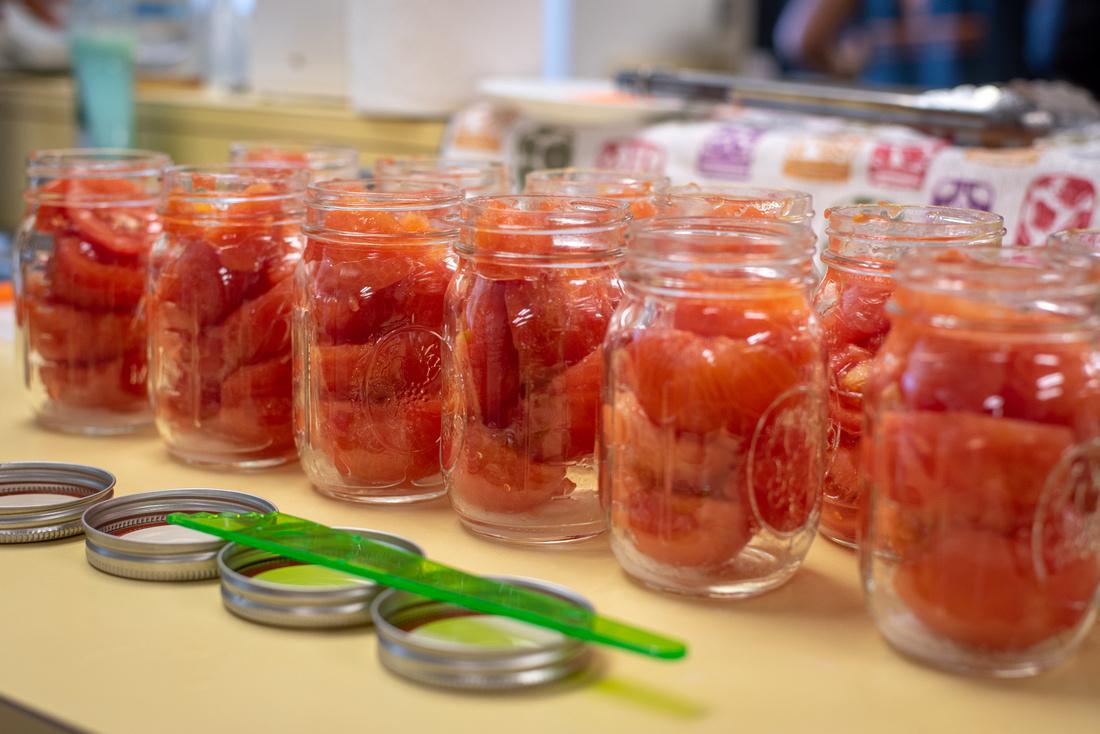Welcome to the University of Maryland Extension (UME) of Worcester County which is part of a statewide, non-formal education system within the College of Agriculture and Natural Resources of the University of Maryland, College Park, and the University of Maryland, Eastern Shore. This partnership also includes support from USDA as well as the county government. The Worcester County UME faculty and staff provide a broad range of outreach through workshops, seminars, classes, clinics, newsletters, consultations, and media efforts.

The Worcester County Fair Guide is now available!
Join us for a fun-filled day at the county fair, featuring a variety of events and activities for all ages! The fair kicks off at 4:30 PM with a ribbon cutting ceremony, followed by a series of exciting contests, live music performances, and delicious foods. Don’t miss the agricultural exhibits, kids’ activities, and indoor 4-H and open exhibits and demonstrations.
AG NEWS
Winter Pesticide & Nutrient Management Trainings - Lower Shore
Winter pesticide and nutrient management trainings are coming up. These courses, taught by Agriculture Extension Educators, provide farmers with the two credit hours needed to review their Private Pesticide Applicator's License and their Nutrient Management Voucher.
The upcoming schedule for the Lower Shore counties is listed below:
Location -Wicomico County Office - Pesticide Recertification, November 18, 2025 - 6-8p.m. Please register at 410.749.6141 or hsater@umd.edu.
Location -Somerset County Office - Pesticide Recertification, December 12, 2025 - 9-11a.m. Please register at 410.651.1350 or shirsh@umd.edu.
Location -Worcester County Office - Pesticide Recertification, December 4, 2025 - 10a.m.-Noon. or December 9, 2025 - 6-8p.m. **Nutrient Voucher Training - December 18, 2025 - 6-8p.m. Please register at 410.632.1972 or mperdue@umd.edu.
S A V E . T H E . D A T E . . . . .
LOWER SHORE AGRONOMY DAY
This event will include both Pesticide and Nutrient Management credits and a free lunch.
Location: Somerset County Civic Center
Date: January 21, 2026
###
EASTERN SHORE PESTICIDE CONFERENCE
Stay tuned for agenda and credits available. Light breakfast and hearty lunch provided.
Location: Wicomico Youth and Civic Center, 500 Glen Ave, Salisbury, MD 21804
Date: February 17, 2026
Time: 7:30a.m. - 4p.m.
###
PRIVATE PESTICIDE CERTIFICATION
Course Review: March 10, 2026 - 8a.m. - Noon
Test: March 17, 2026 - 8a.m. - Noon.
Location: Wicomico Extension Office, 28647 Old Quantico Rd, Salisbury, MD
Please Register: 410.749.6141
Liquidambar styraciflua
Plant of the Week...
...or American sweet gum is a native deciduous tree that thrives in the Eastern United States. The trees grow 60-80 feet tall, 40-60 feet wide and need full sun and love moist well-drained acidic soils. It grows with a straight trunk and a pyramidal to rounded crown with a shallow root system, which makes planting in the spring necessary for the roots to recover from transplant shock. Plants are cold tolerant from USDA zones 5-9, thriving in every county in Maryland. The dark green, glossy 4-8-inch-long and wide leaves are star shaped with 5-7 pointed lobes. Each fragrant leaf has a long stalk that is arranged in an alternate fashion on the branches. In autumn the leaves bring a rainbow of colors including a mix of yellow, gold, orange, red, burgundy, lavender and purple. The light gray bark forms irregular, deep furrows, while the twigs develop 2-4 corky wing-like ridges. In spring the monoecious yellow green flowers are arranged in round clusters with mature into gum balls. The gum balls are 1-3 inches in diameter and turn dark brown, staying on the trees until December to April when the clusters fall to the ground. Although these fruits provide food for songbirds like the American Goldfinch, they should be cleaned up in pedestrian areas due to their hard round bristly surface. Anyone who has stepped on a Sweet gum ball barefoot will never do so willing again. For those that wish the lovely silhouette and beautiful fall foliage but not the spiny gum balls, there are cultivars that do not produce fruit including ‘Hapdell’ and ‘Rotundiloba’. The summer foliage provides food for the Imperial Moth larvae and the Hickory Horned devil larvae, while the bark is enjoyed by rabbits, mice and beavers. The trees are resistant to soil compacted soils, deer, drought, fire, heat, rabbits.
Ginny Rosenkranz




